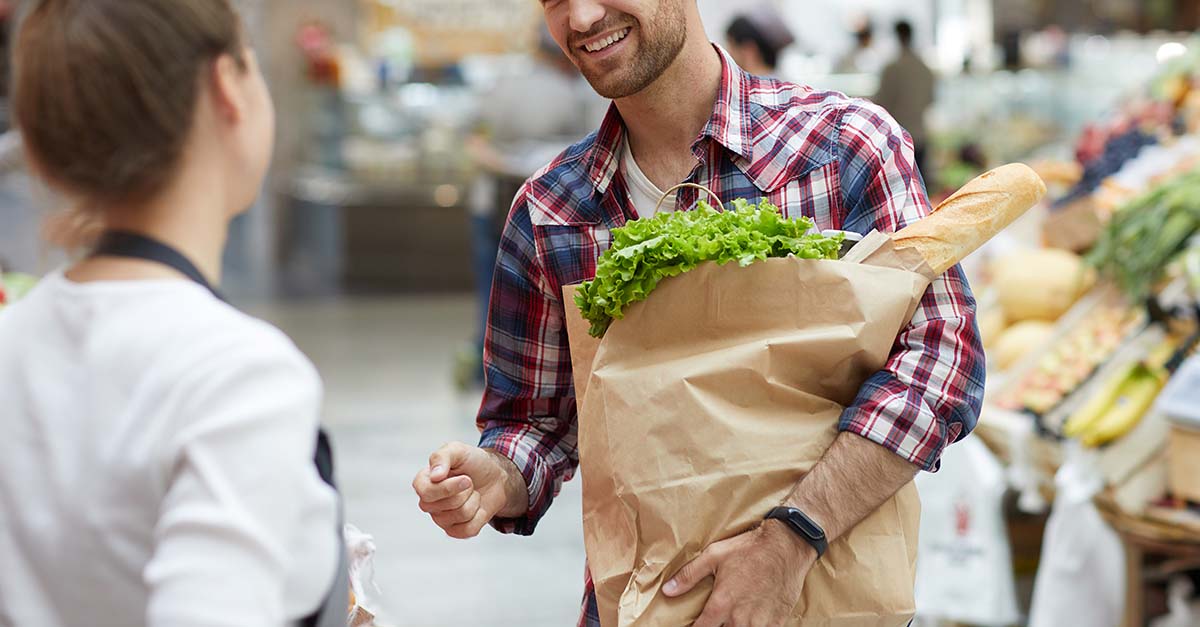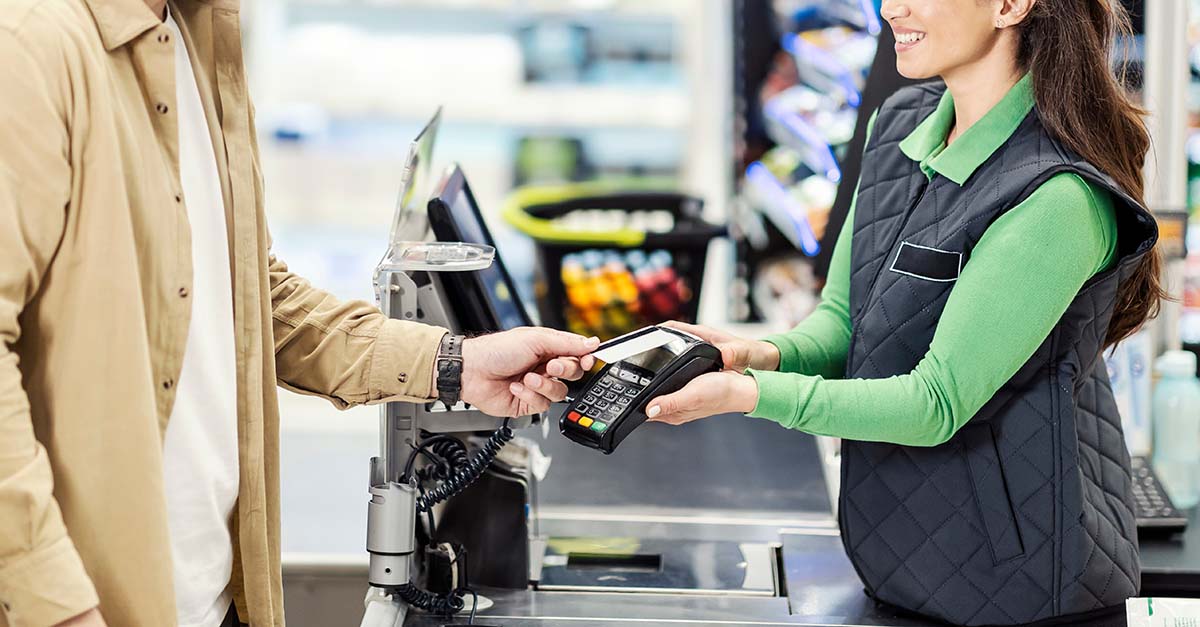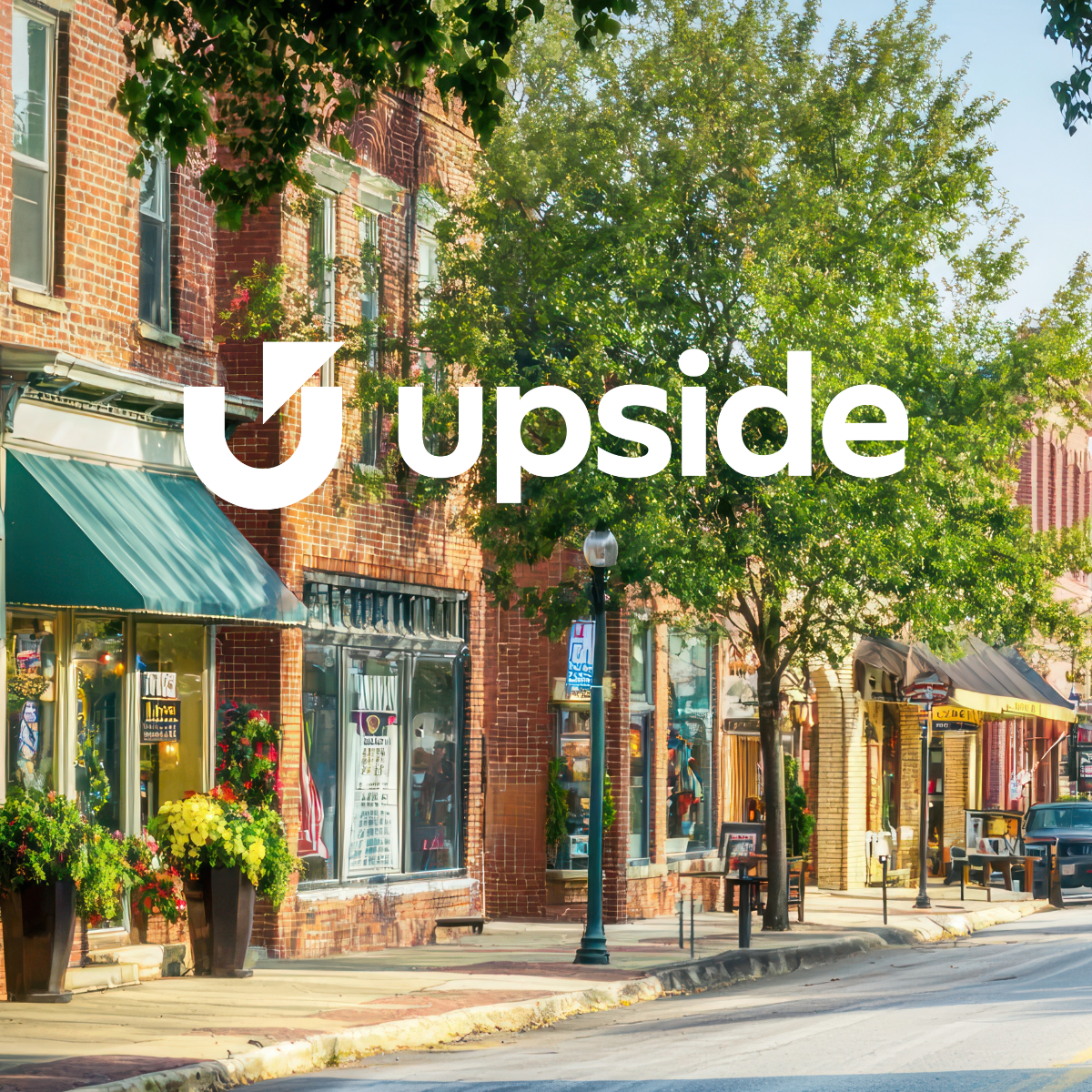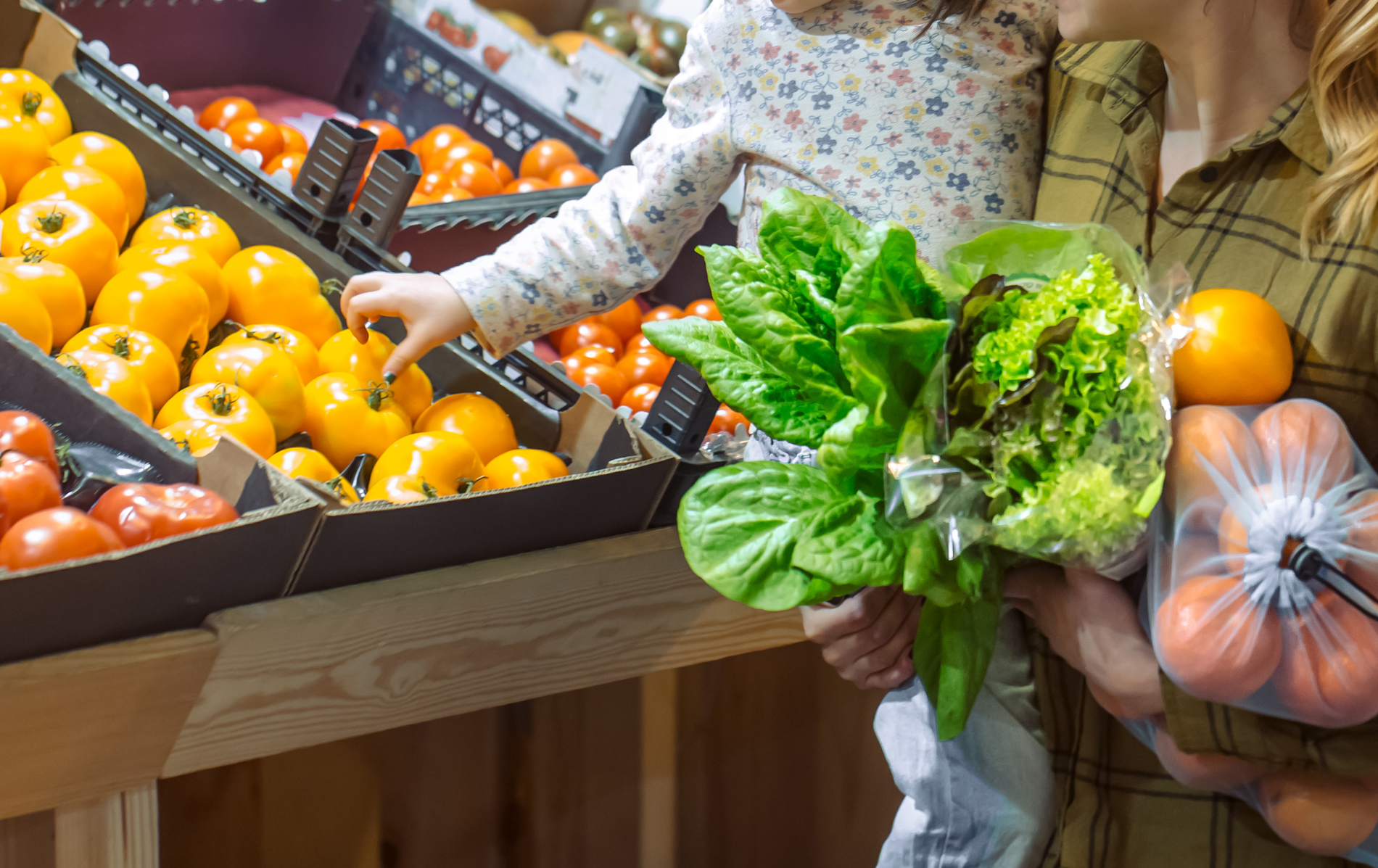Dynamic pricing vs. personalized promotions: Mutual benefit makes all the difference
Personalized promotions center the customer while protecting the retailer’s margin; they sit at the intersection of efficiency and fairness.

Alex Kinnier
Dynamic pricing vs. personalized promotions: Mutual benefit makes all the difference


When Wendy’s announced on its Q4 2023 earnings call that it would begin testing dynamic prices at its locations, the conversation spiraled as consumers assumed the worst. Would burgers now be more expensive during the lunch rush? How was it fair to discriminate against diners based on when they got hungry? Eventually, the burger chain later walked back its comments.
Upon deeper inspection, it’s clear that the conversation around this debacle lacked nuance. Wendy’s said it never intended to make items more expensive for customers during busy times — a strategy that would be unfair to its customers, to be sure. Instead, the chain intended to make its items cheaper during slower times. But once the false narrative started to spread, Wendy’s couldn’t control it.
This incident shined light on new pricing (or “revenue management”) strategies that allow retailers to maximize profit. Among them is dynamic pricing, where a retailer can move the price for its offerings up or down based on changing business factors. Though it’s gotten plenty of buzz lately, dynamic pricing isn’t new — think about booking a flight or attending a matinée at the movies, for example. On the whole, dynamic pricing gets a bad reputation, because it can be beneficial to both businesses and consumers if executed thoughtfully. Efficiency doesn’t have to be unfair.
In the context of today’s competitive pressures and economic headwinds, retailers have to look for ways to maximize profit. How they choose to do that — whether it’s passing increased costs onto their customers, or finding a more efficient pricing strategy — matters a great deal. Our perspective is that retailers should prioritize a path that’s mutually beneficial over those that aren’t.
Read on to learn about a few relevant pricing strategies and see how one that takes a nuanced approach can better maximize societal value.
The difference between ‘dynamic’ and ‘personalized’
Though sometimes they’re used interchangeably, “dynamic” and “personalized” strategies are very different from each other — they’re actually more like opposites.
Dynamic strategies change due to factors relating to the business — maybe a restaurant always has idle kitchen equipment and open tables in the slow hours between lunch and dinner, so they discount meals during that time. That’s a generic, one-size-fits-all change based on business needs. While that strategy might win one additional person’s business, it might not convince a different person to visit. For that reason, dynamic pricing is not a strategy that influences the behavior of every individual, and that makes it less than ideal for retailers.
Personalized strategies, meanwhile, flip the equation around. They’re focused on the needs of the customer. Personalizing requires you to understand each customer and their unique needs on a one-on-one basis. That way, retailers ensure that customers get the value that they need in order to change their behavior in a way that allows the retailer to maximize profit. Of course, how you personalize matters — personalizing based on demographics is discrimination, for example. Not only is that detrimental to consumers, but it can be illegal. Personalization must be carried out based on factors like an individual's history with the retailer.
And so when we talk about the differences between “dynamic” and “personalized,” we’re really talking about making changes with the business or customers in mind.
Why the distinction between ‘price’ and ‘promotion’ matters
The goal of a profit-maximizing pricing strategy should be to create “win-win” opportunities — to generate value for both the retailer and the consumer. When done well, dynamic pricing can present those win-wins — however, it also gives consumers a sentiment of unfairness when prices rise during busy times. This kind of strategy has become known as “surge pricing,” most frequently implemented by rideshare apps.
Although it might earn the retailer more profit, win-loss pricing strategies ultimately risk eroding trust and inviting scrutiny from consumers. When people talk about harmful pricing models, this is usually the kind of strategy that they’re referring to.
Whereas dynamic pricing can mean a loss for the customer, dynamic promotions always benefit the customer. Promotions ensure that prices only go down, not up. The benefit for consumers is obvious — everyone derives some value relative to the listed price. Creating value for every consumer is a good thing.
And when those promotions are personalized, both consumers and retailers win. Personalized promotions are tailored to individual customers, not segments or the general population — that allows retailers to incentivize profitable behavior change.

True personalization minimizes the waste caused by unnecessary discounting by finding each individual’s unique value point and meeting it to motivate a change in behavior. It maximizes the retailer’s revenue without compromising their margin.
And so in this context, the difference between “pricing” and “promotions” is the difference between a win-loss and a win-win.

Why this is important for people and businesses
A retailer implementing one of these strategies is doing so for a simple reason — to make more money. All brick-and-mortar retailers have fixed capacity at any given time, which is an asset; the challenge is finding a way to monetize spare capacity in a smart way. While many of the above strategies fill that capacity in a way that’s not mutually beneficial, personalized promotions can do so while remaining customer-friendly.
Let’s walk through what personalized promotions look like in practice.
Imagine you’re the owner of a restaurant. Alan is a regular customer that picks up dinner for his family every Friday night, but Barbara is an infrequent customer that has only visited your location twice in the past year. You want to use promotions to get Alan to order more when he’s in, and to get new and infrequent customers like Barbara to come more often. But if your promotion is one-size-fits-all or segmented, you’ll over-discount for people like Alan, who would have visited anyway and paid full price on his usual order. And that means you lose profit.
A personalized promotion is one-to-one, which gives each customer more value and protects your margin as an operator. Whereas Alan might receive 2% back as an incentive to try a new appetizer or a dessert, Barbara might receive 10% off her total bill to motivate her to come in-store. With personalization, each person is given the value point they need to behave differently; you can incentivize Barbara to eat at your restaurant with a bigger offer without giving an unnecessary discount on Alan’s regular order. Of course, Alan isn’t left out in the cold — he still receives a smaller promotion that incentivizes him to order more, and protects your profit margin.
Is all that trouble really worth it? Consider a real-life example that illustrates the risky downsides of one-size-fits-all marketing: Red Lobster. With foot traffic down and margins compressed by inflation, Red Lobster was just one of many restaurants willing to try something new to drive paying customers on-site. But the chain’s all-you-can-eat shrimp promotion offered discounts to existing customers as well, diners who would have otherwise paid full price. That cannibalized expected profit and was the final straw before the brand’s bankruptcy declaration. While retailers can’t treat new and existing customers dramatically differently — that risks inviting the ire of one of the groups — there’s a smarter way to bring customers through the doors. Had Red Lobster pursued personalized promotions, it could have filled its tables and increased diner spend without losing control of the bottom line.
Next, let’s look at how businesses are responding to the increasing labor costs that have made it harder for retailers to hire. Upside’s analysis of transaction data from over 2,000 restaurant partners uncovered that in July 2023, the average restaurant was open 35 fewer minutes per day, or about four fewer hours per week, compared to July 2021. Why is that a problem? Using 2023 values, we estimate that a restaurant open just one fewer hour a week will lose 50.4 transactions and $1,922 in revenue over the course of a month.
How could personalized promotions have helped? Instead of closing their doors for shorter operating hours, they could increase foot traffic during slower hours, generate new revenue, and avoid losses. Grocers, too, can generate revenue by making better use of their existing resources and dedicate those additional funds to hiring.
Finally, grocery shoppers are spreading their trips across multiple stores in order to maximize the value they get from their purchases. With tight margins, grocers don’t have the flexibility to reduce prices — and raising prices would only exacerbate the cross-shopping trend. Yet the rate of increase in the average grocer’s costs is outpacing the rate of increase of their prices, so something’s got to give. In this instance, personalized promotions allow grocers to acquire and retain customers at scale, winning more trips and larger baskets from price-sensitive shoppers.
How Upside fits in
We estimate that the inefficiency of brick-and-mortar commerce — with static pricing and labor limitations — translates to more than $640 billion in lost value each year in America. We’ve made it our mission to change that by making each transaction more economically efficient. When every consumer and every retailer gets more value out of every transaction, we advance the economic power of everyone living and working in the real world.
Tactically, our platform does that by:
- Finding consumers where they are — on their phones and on the go
- Exposing them to retailers nearby via our free Upside mobile app
- Generating personalized promotions for each of those consumers to motivate them to choose participating businesses
How does it work? Our algorithms quickly comb through the anonymized credit card information that retailers already have (thanks to their point-of-sale systems) to understand more about each shopper, and personalize the experience for them. We can use that same data to measure Upside’s impact, allowing us to concretely prove Upside’s ability to bring new users to a location and increase profitability.
What does this mean for both sides of the marketplace? Our methodology ensures guaranteed wins. For retailers, it’s incremental profit that we can prove would not have been possible without Upside. For users, it’s three times more cash back than any other product (including loyalty programs and credit card rewards).
We’ve spent nearly a decade perfecting our methodology, and we’ve become experts in helping people and businesses in the real world succeed. To date, Upside has driven:

In today’s challenging environment, retailers need more profit to stay in business — but not all profit-maximizing strategies are created equal. Whereas consumers and retailers should be cautious about dynamic pricing for its win-loss potential, personalized promotions represent an opportunity for everyone to find value.
Reach out to our team here.
Share this article:
As co-founder and CEO of Upside, Alex Kinnier is working to transform brick-and-mortar commerce. His success in growing Upside into a company driving $6B+ in commerce annually was informed by his years of experience leading product development teams at Opower, Google, and Procter & Gamble. Outside the office, Alex is an ardent technologist and investor, always on the cutting edge of products with the potential to change the world.
Request a demo
Request a demo of our platform with no obligation. Our team of industry experts will reach out to learn more about your unique business needs.

















